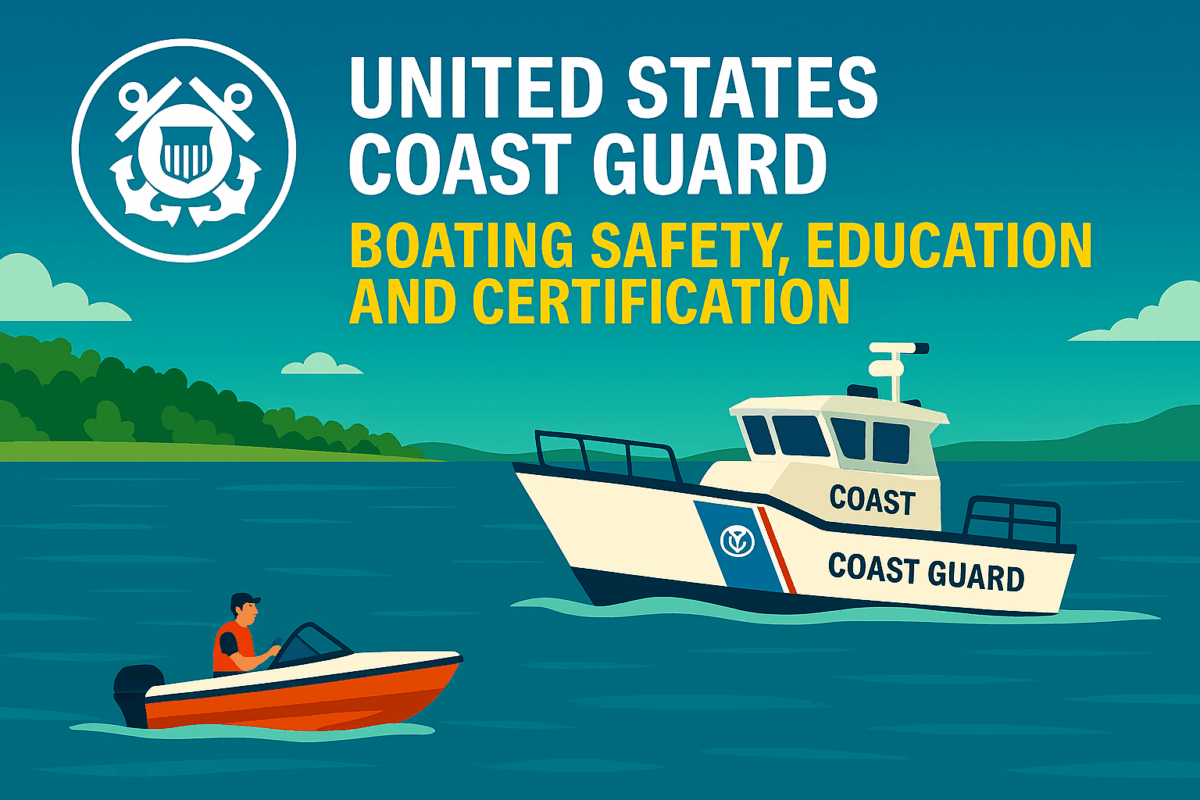Call: 1-800-832-7191

USCG Boating Safety Circular
What the USCG Boating Safety Circular Provides
USCG Boating Safety Circular delivers essential updates, safety alerts, and regulatory guidance for recreational and commercial boaters. These circulars help mariners stay informed about new equipment standards, accident trends, and enforcement priorities. Because safety is a shared responsibility, the Coast Guard uses these publications to promote awareness and compliance.
Each circular addresses specific topics, such as life jacket requirements, carbon monoxide hazards, or navigation light visibility. Boaters should review them regularly to stay current with best practices and legal expectations.
Topics Covered in the Circulars
The circulars include information on equipment recalls, inspection procedures, and seasonal safety reminders. For example, one issue may highlight fire extinguisher labeling changes, while another explains cold-water survival techniques. Because boating conditions vary, the content adapts to emerging risks and seasonal trends.
Additionally, the circulars often summarize findings from accident investigations. These summaries help boaters understand common causes of incidents and how to avoid them. The Coast Guard also uses the circulars to clarify rule changes and provide guidance on compliance.
Mariners can access these updates through the Coast Guard’s Boating Safety Division or official library.uscg
Why the USCG Boating Safety Circular Matters
USCG Boating Safety Circular plays a critical role in reducing accidents and saving lives. It supports the Coast Guard’s mission to enhance recreational boating safety nationwide. Because many incidents are preventable, education and outreach remain top priorities.
The circulars also serve as a communication tool between the Coast Guard and the boating public. They provide transparency about enforcement actions, safety campaigns, and regulatory developments. Moreover, they encourage voluntary compliance by explaining the “why” behind the rules.
Boaters who follow the guidance in these circulars demonstrate professionalism and care for their passengers. This builds trust and promotes a culture of safety on the water.
How to Access and Use the Circulars
Boaters can download the USCG Boating Safety Circular from the Coast Guard’s official website or subscribe to email updates. Printed copies may also be available at marinas, boating safety courses, or Coast Guard Auxiliary events.uscg
Before each season, review the latest circulars with your crew. Highlight relevant topics and update your onboard safety procedures accordingly. Because regulations and risks evolve, staying informed is essential.
Finally, share the circulars with fellow boaters. Promoting awareness helps strengthen the entire boating community and supports safer waterways for everyone.
